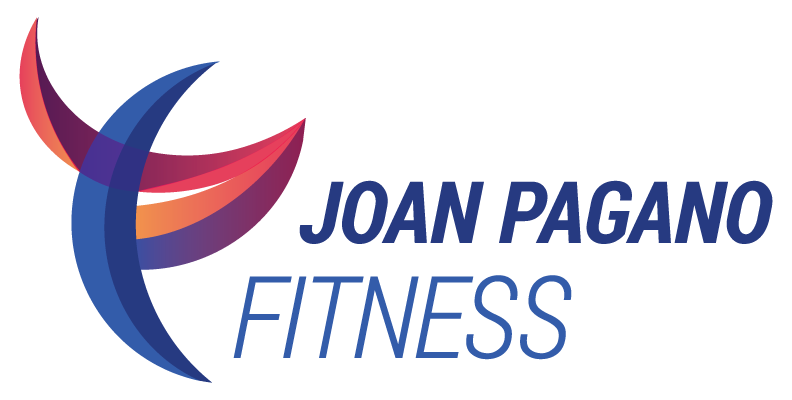Exercise Guidelines for Osteopenia
Evidence-Based Recommendations
Osteopenia, a condition characterized by lower-than-normal bone mineral density (BMD), can be managed and even improved through a targeted exercise program. Below are current evidence-based guidelines, supported by clinical studies, along with specific examples of effective exercises.
Types of Exercise Recommended for Osteopenia
1. Weight-bearing aerobic exercise
These activities promote bone formation by applying stress to bones, especially in the hips and spine.
Guidelines
At least 30 minutes most days of the week
Moderate-to-high impact (as tolerated)
Examples
Brisk walking
Hiking (especially on varied terrain)
Dancing
Low-impact aerobics
Stair climbing
Progress to jogging or jumping for higher impact if appropriate
Supporting Study
Martyn-St James & Carroll (2006) found that walking and jogging increased BMD in the femoral neck in pre- and postmenopausal women.
Stair-climbing is a low-impact, weight-bearing aerobic exercise.
2. Resistance (strength) training
Strength training stimulates bone remodeling by applying mechanical load to the skeleton, especially useful for the spine and hip.
Guidelines
2-3 times/week, with 8-10 exercises targeting major muscle groups
1-3 sets of 8-12 repetitions, with moderate-to-high resistance
Examples
Squats or sit-to-stand from a chair
Lunges
Resistance band rows
Chest presses with dumbbells
Deadlifts or hip hinges with light weights
Supporting Study
Kerr et al. (2017), LIFTMOR trial showed that supervised high-intensity resistance and impact training improved both spine and hip BMD in postmenopausal women with osteopenia or osteoporosis.
Resistance band rows are an example of recommended strength training exercises.
3. Balance and proprioception training
Reduces the risk of falls, which is critical for fracture prevention.
Guidelines
3-5 times/week, often integrated into warm-ups, cool-downs, or daily activities
Examples
Single-leg stands
Heel-to-toe walking
Tai Chi
Balance boards or foam pads
Supporting study
Sherrington et al. (2011) meta-analysis confirmed that balance training significantly reduces fall risk, especially when performed regularly.
Find ways to incorporate balance training in your day-to-day activities.
4. Flexibility and posture training
Improves mobility and reduces the risk of postural deformities like kyphosis.
Guidelines
Daily or at least several times per week
Focus on spine extension and hamstring/hip flexor stretches
Examples
Chest openers and shoulder blade squeezes
Standing or prone back extensions
Hamstring stretches (seated or standing)
Cat-cow stretch for spinal mobility
Supporting Study
Sinaki et al. (2005) found that spine extension exercises reduced vertebral fracture risk in women with low BMD.
Prone back extensions improve spinal strength and mobility.
Exercises to Avoid with Osteopenia
To reduce the risk of fracture, avoid:
High-impact activities (if advanced osteopenia or other risk factors)
Forward bending (flexion) of the spine with load (e.g. sit-ups, toe touches)
Twisting under a load (e.g., golf swings with weighted clubs)
Sudden jerking motions
Avoid flexion of the spine (forward bending) in any position, standing or seated, which puts too much pressure on fragile vertebrae.
Sample Weekly Plan
Day Activity
Monday 30-min brisk walk + strength (legs)
Tuesday Balance training + flexibility
Wednesday 30-min hiking + strength (upper body)
Thursday Tai chi or yoga + spine extension
Friday 30-min walk + core strengthening
Saturday Rest or light stretching
Sunday Dance class or outdoor activity
Keys to Empower Your Health
Consistency is crucial: Regular weight-bearing and resistance training help maintain or increase BMD.
Multi-modal programs (aerobic + strength + balance) are most effective.
Supervision improves safety and results, especially with resistance training.
Related Articles You May Find Helpful
Weight-Bearing Exercises for Osteopenia: Step-Ups to Strengthen Bones
Osteosarcopenia: The Overlooked Connection Between Muscle and Bone Loss
Disclaimer: The information presented in this article should not be construed as medical advice. It is not intended to replace consultation with your physician or healthcare provider.
For expert guidance on strength training techniques, step by step photos depicting how to perform the exercises, and a selection of well-rounded workouts please check out the book Strength Training Exercises for Women by Joan Pagano.






